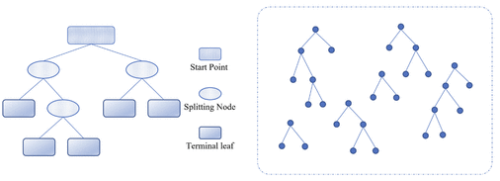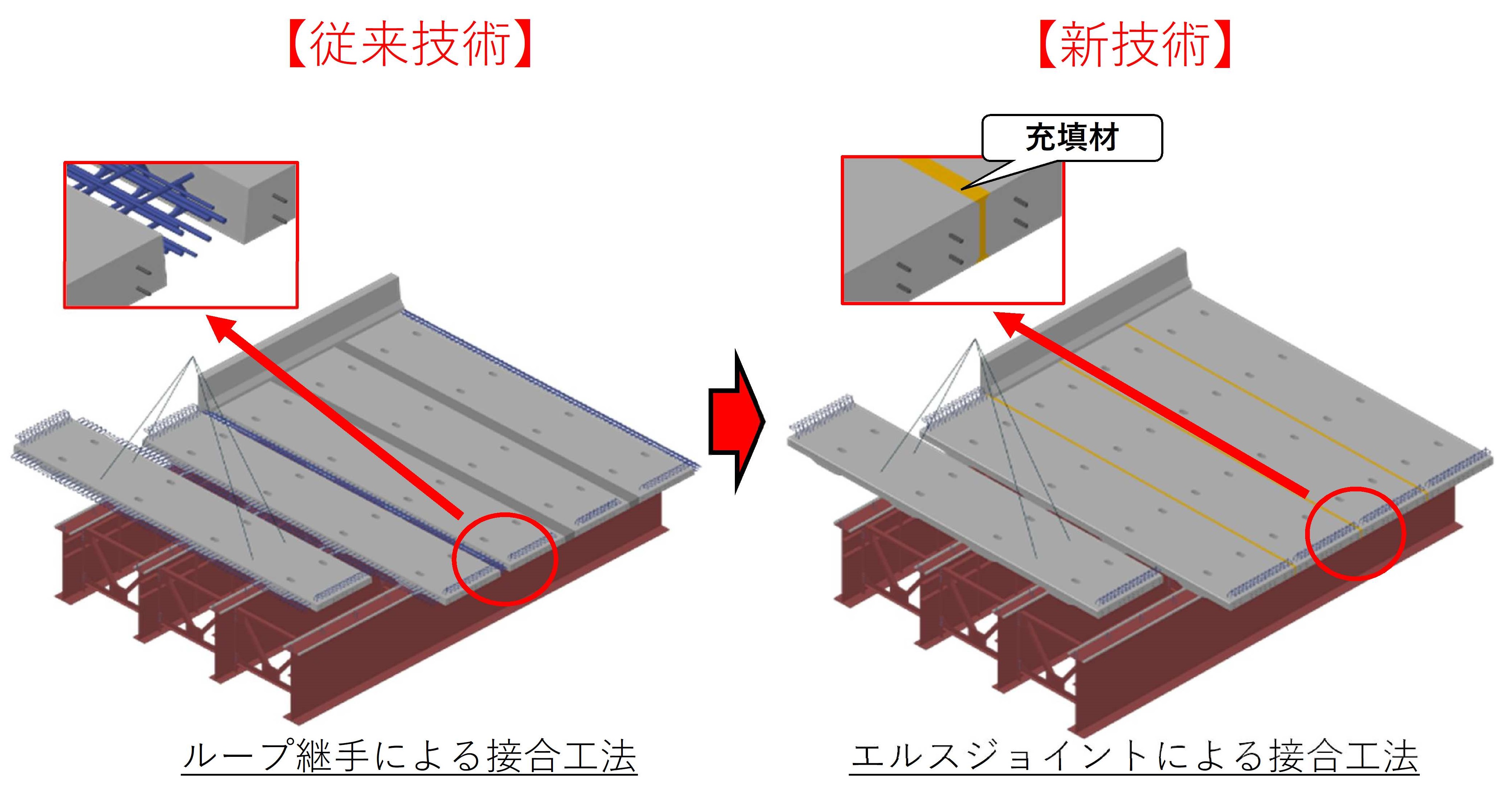橋梁の劣化予測モデルを比較する研究 Study compares models for predicting bridge deterioration
2022-06-29 マサチューセッツ大学アマースト校
統計的な方法は、橋の劣化に多かれ少なかれ貢献している要因についての洞察を提供し、機械学習法はより正確な予測を提供する。
Journal of Bridge Engineeringでは、研究者はマルコフ連鎖モンテカルロと呼ばれる推定方法を使用して、統計モデリングで橋のデータを表すコードをPythonで記述しました。
Transportation Research Recordの論文では、研究者はランダムサバイバルフォレストと呼ばれる機械学習法を使いました。これは、分析するために項目を類似のグループに分割することによってデータツリーを作成するものです。
機械学習を用いて、25,000項目のデータセットを使って予測モデルを作成しました。
これらの方法は、関係者が橋を設計する際や、補修を行うかどうか、いつ行うかを決める際の意思決定を改善します。
これらのデータ駆動型モデルによって、何がいつ劣化するか、より正確に予測することができます。これは、橋梁管理の方法を劇的に改善することができます。
<関連情報>
- https://www.psu.edu/news/research/story/bridging-gap-better-infrastructure/
- https://ascelibrary.org/doi/10.1061/%28ASCE%29BE.1943-5592.0001842
- https://journals.sagepub.com/doi/full/10.1177/03611981221078281
一般化ガンマ分布による橋梁床版の信頼性解析 Reliability Analysis of a Bridge Deck Utilizing Generalized Gamma Distribution
Muyang Lu; Jonathan Hydock; Aleksandra Radlińska, and S. Ilgin Guler
Journal of Bridge Engineering Published:January 27, 2022
DOI:https://doi.org/10.1061/(ASCE)BE.1943-5592.0001842
Abstract
Models of bridge deck deterioration with improved predictive power can provide bridge management strategies that will optimize allocation of the available, typically limited, budget of transportation agencies in a more efficient manner. In turn, this will lead to improvement in the overall condition of bridges. To this end, this study developed a novel statistical hazard model of bridge deck deterioration using a generalized gamma accelerated failure time model with bridge deck attributes as covariates. Bayesian inference was used to estimate the parameters of the model and will update these parameters as new inspection data become available. The Markov chain Monte Carlo sampling method was used to estimate the posterior distribution of parameters utilizing both uncensored and censored inspection data. The proposed approach was applied to approximately 30 years of in-service performance data inspected from 1985 to 2015 for more than 22,000 bridges in the state of Pennsylvania. The results showed that the model based on the generalized gamma distribution had a high accuracy. Further, the reliability of different attribute values of the physical makeup of the main span of the structure, the main span interaction type, and the rebar coating are quantified based on the model results. The proposed model can help improve predictions of future bridge deck conditions and provide decision-making tools for infrastructure management.
橋梁床版劣化に対するランダム生存林と加速破壊時間-ワイブルモデルの比較 Comparison of Random Survival Forest with Accelerated Failure Time-Weibull Model for Bridge Deck Deterioration
Muyang Lu, S. Ilgin Guler
Transportation Research Record Published:March 9, 2022
DOI:https://doi.org/10.1177/03611981221078281

Abstract
Bridge deck deterioration modeling is critical to infrastructure management. Deterioration modeling is traditionally done using deterministic models, stochastic models, and recently basic machine learning methods. The advanced machine learning-based survival models, such as random survival forest, have not been adapted for use in infrastructure management. This paper introduces random survival forest models for bridge deck deterioration modeling and compare their performance with a commonly used traditional stochastic model, that is, the Weibull distribution-based accelerated failure time (AFT-Weibull) model. To better adapt the random survival model for bridge deck deterioration modeling, the selection of the dependent variables is discussed between two variables: time-in-rating, and cumulative truck traffic. Inspection data from about 22,000 state-owned bridge decks in Pennsylvania are used to validate and test the performance of the models. The results suggest that cumulative truck traffic is more suitable to be selected as the dependent variable when analyzing the reliability of the bridge deck. Further, the random survival forest model outperformed the AFT-Weibull model in predictive accuracy.



